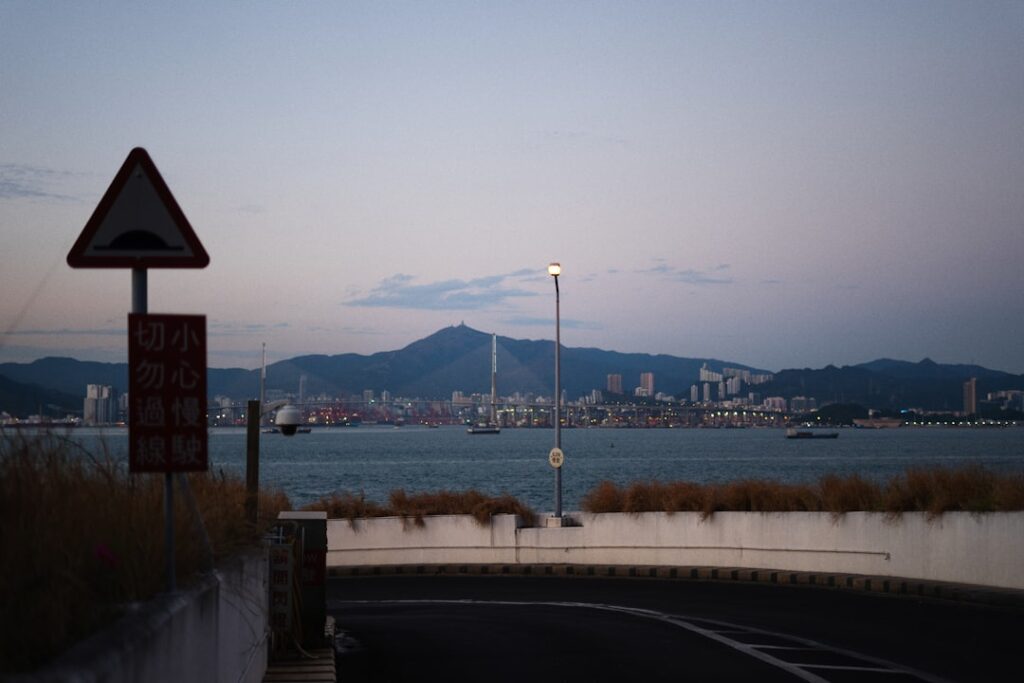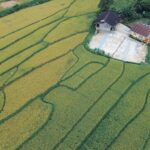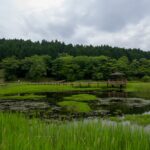Are you in search of a truly unique Japanese travel experience that blends art, untouched landscapes, and local warmth? Away from the crowds of Kyoto and Tokyo, the small islands scattered across the Seto Inland Sea—just off the coast of Shikoku—have quietly become global meccas for contemporary art and deep-local encounters. These “Art Islands” offer not only breathtaking masterpieces against scenic backdrops, but also new ways to connect with both nature and the communities that call these shores home. Step off the beaten path and let’s embark on a journey through Shikoku’s hidden artistic havens that will enchant any curious soul.
Shikoku’s Art Islands: A Creative Legacy Set in the Seto Inland Sea
Stretching between Honshu, Shikoku, and Kyushu, the Seto Inland Sea is a tranquil region dotted with islands famed historically for fishing, salt works, and a slower pace of life. In the past few decades, however, visionary locals and philanthropists teamed up to transform several of these sleepy islands into living canvases for both Japanese and international artists. Today, islands like Naoshima and Teshima have cultivated reputations as global art destinations, where world-class museums and outdoor installations sit harmoniously among farmhouses and fishing villages. Even so, the essence of these islands remains fiercely local—the art scene is carefully intertwined with islander life, ensuring that creative energy flows back into the communities and preserves their authentic spirit.
Naoshima & Teshima: Where Contemporary Art Finds Its Island Home
The heart of the Setouchi art explosion beats most visibly on Naoshima. Here, you’ll find spectacular sites like the Chichu Art Museum, with masterworks by Claude Monet or James Turrell ingeniously built into the landscape, and Yayoi Kusama’s polka-dotted pumpkin sculptures sitting by the seashore. Across the water, Teshima offers the ethereal Teshima Art Museum, where water droplets and light mingle in a minimalist dome set against rice terraces. Each island curates unique artistic dialogues: Naoshima is sleek and world-famous, blending architecture and art with luxury, while Teshima’s installations explore the intersection of ecology and wonder, inviting slow contemplation. Travelers can cycle between coastal artworks, discovering how each village, shrine, or abandoned house might be transformed by surprising interventions.
Beyond the Mainstream: The Hidden Art Treasures of Lesser-Known Islands
For those craving an even deeper connection, the lesser-known islands like Ogijima, Shamijima, and Inujima reward with an intimate, off-grid vibe. Ogijima beckons with narrow lanes painted by muralists, art hidden in fishermen’s huts, and the playful spirit of Setouchi Triennale installations that linger year-round. Some islands only spring to artistic life during the festival, while others, such as Inujima, blend art with abandoned copper refineries and avant-garde architecture. New pop-up galleries, artist residencies, and site-specific works are helping formerly overlooked islands bloom into their own, preserving traditions while sparking new community-led creativity. These art outposts are reminders that, in Shikoku, true discovery often begins where the guidebooks end.
A Taste of Island Life: Local Cuisine and Heartfelt Community Connections
While the art draws visitors, the islands’ charms extend to their vibrant communities and honest flavors. Seafood is the heart of every meal here—think just-caught sea bream sashimi, tender octopus, or aromatic bowls of Udon made with local wheat. Markets brim with seasonal produce and homemade specialties, while family-run guesthouses welcome travelers with stories and sake. Joining a village festival, sharing tea with an elderly artist-turned-farmer, or helping with a seaside harvest opens the window to the rhythms of everyday island life. These islands invite slow travel—wandering through citrus groves, picnicking by art benches, and soaking up hospitality that feels personal and unhurried.
Practical Tips: When to Go, How to Get There & Exploring Responsibly
The best seasons to visit are spring (March to May) and autumn (September to November), when the Seto Inland Sea is calm and the landscapes glow with new life or fiery foliage. Access is part of the adventure—ferries connect Takamatsu, Uno Port, and other mainland spots to the islands, each ride affording panoramic sea views. The Setouchi region champions sustainable tourism: Rent bicycles or electric bikes, minimize waste, and support local-run accommodations and eateries. Respect sacred grounds and private property, and always remember that these creative havens exist thanks to the heart and hard work of the island residents.
A journey to the secret art islands of Shikoku is more than an itinerary—it’s a chance to rediscover the joy of slow exploration, creative inspiration, and meaningful connection with nature and people. Your next great adventure awaits across the gentle Seto straits.








